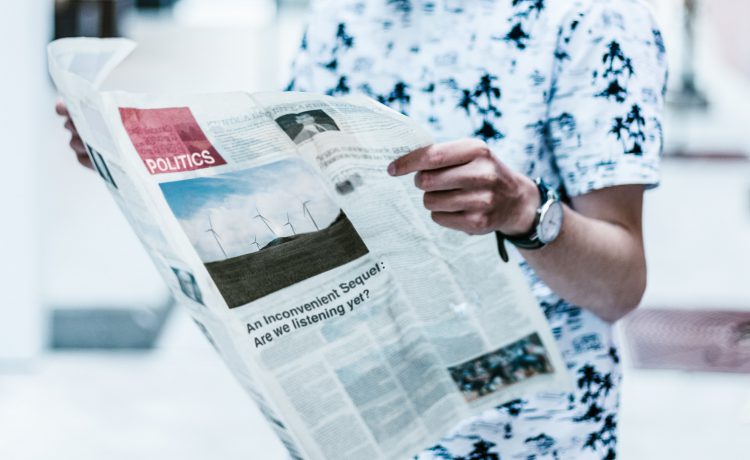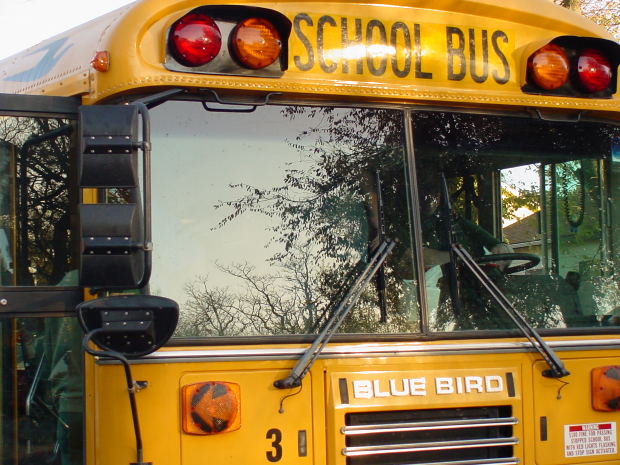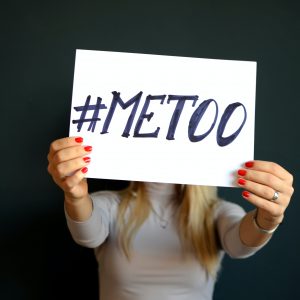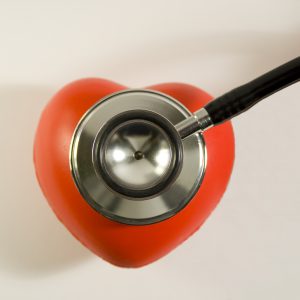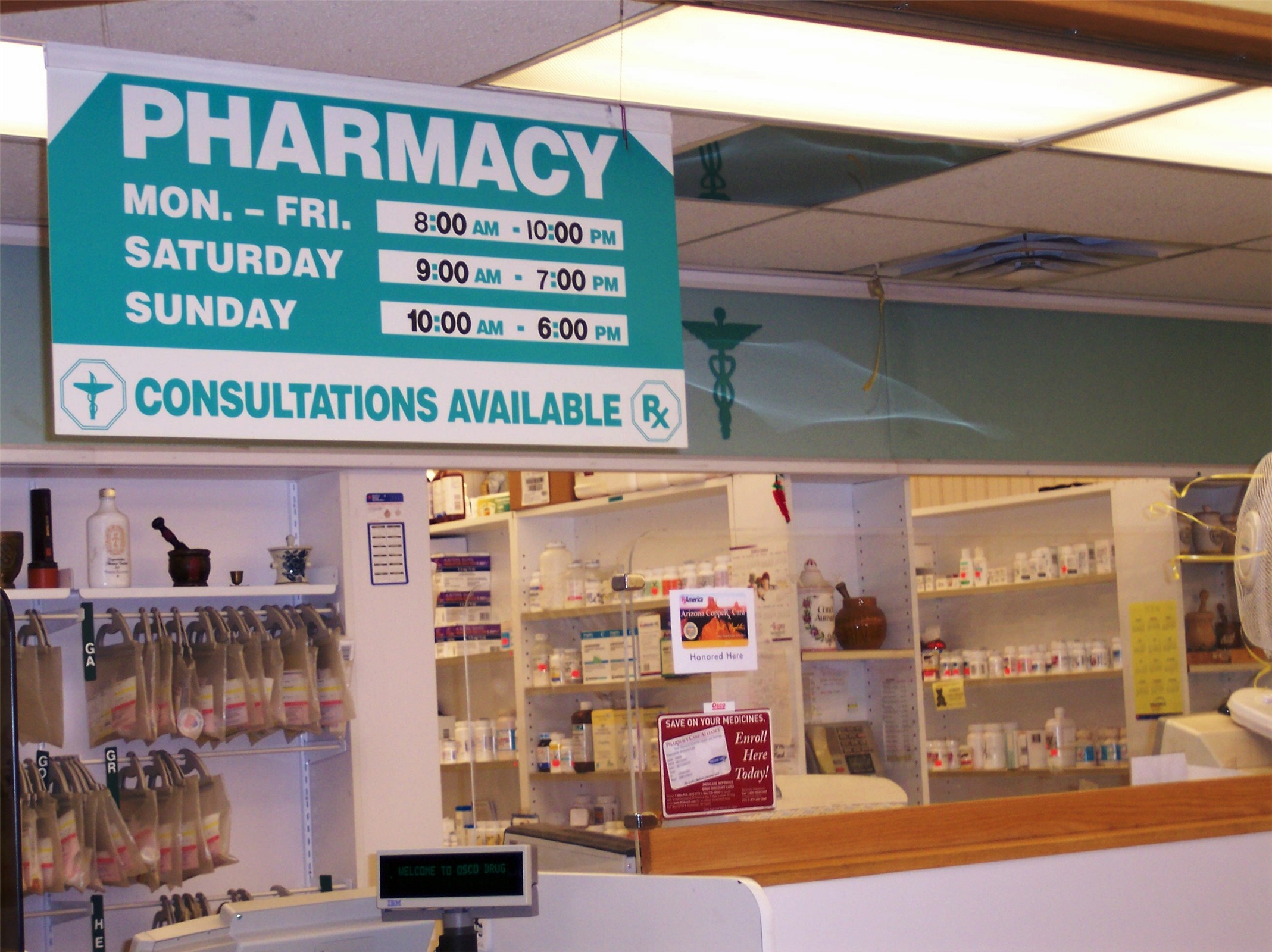Last Updated on January 27, 2022
It’s News Literacy Week, an annual event underscoring the vital role of news literacy in our society and providing audiences with the knowledge, tools, and abilities to become more adept at recognizing trustworthy sources. News literacy is the ability to determine what is credible and what is not, to identify different types of information, and to use the standards of authoritative, fact-based journalism as an aspirational measure in deciding what to trust, what to share, and what to act on. News literacy is integral for health literacy, especially in a time when misinformation is so prevalent.
Health literacy is defined as the degree to which an individual has the capacity to obtain, process, and understand basic health information and services needed to make appropriate health decisions. Being able to disseminate health information allows people to navigate the healthcare system, keep track of their medical history, competently engage in self-care, and understand the probability of health risks.
Teachers have developed thoughtful ways to integrate news literacy into students’ understanding of science, from asking them to find evidence for purported facts from world leaders to understanding the purpose of different types of communication — to inform, to entertain, to provoke, to document, to persuade, or to sell. It all starts with learning how to recognize and determine credible sources of information.
Outside of learning news literacy in schools, the primary responsibility of improving news and health literacy lies with ourselves. However, there are barriers to public health that make health literacy less accessible for many. Guidelines set by the CDC, the American Medical Association, and the National Institutes of Health prescribe medical content for the public to be written at an eighth-grade reading level or lower. In April 2021, federal and state web pages with pandemic education intended for a general audience were reviewed finding that government sources of COVID-19 information were written at just above an 11th-grade reading level — making the material too complex for many readers. The communities who struggle the most with written content are being given the most complex information, making it virtually impossible for them to get the answers they need during the pandemic.
Much like science and health research, news reporting in journalism is an investigative process replete with false starts, dead ends, and incremental findings. This can make the public’s read on public health as reported on the news to be quickly outdated, which can then lead to decrease in perceived reliability of the information. Purveyors of misinformation take advantage of public uncertainty, often seek to exploit beliefs and values, stoke fears, and generate anger and outrage. While accurate information can be difficult to access and understand, harmful misinformation is often compelling and easily accessible — especially if a person already holds certain established positions that leave them susceptible to further disinformation.
Misinformation can include content that is wholly fabricated, taken out of context, or manipulated in some way. The News Literacy Project has resources for teachers or anyone who finds themselves confronting vaccine hesitancy or looking for reliable sources on COVID-19 and vaccines.
NeedyMeds has Disease Information Pages to help individuals learn about conditions that they or a loved one have been diagnosed with. Many of our Disease Information Pages are co-sponsored by partner organizations, offering their expertise to the information we offer and ensuring accurate and up-to-date resources for the diagnoses they focus on. We list free and low-cost clinics, some of which offer health education services. Search your ZIP code for locations near you that offer Health Education under the Details column. NeedyMeds also has an easy-to-understand Patient Education Booklet that explains resources that can help save money on healthcare expenses. You can order a copy through our Subscription Center or download a copy.

